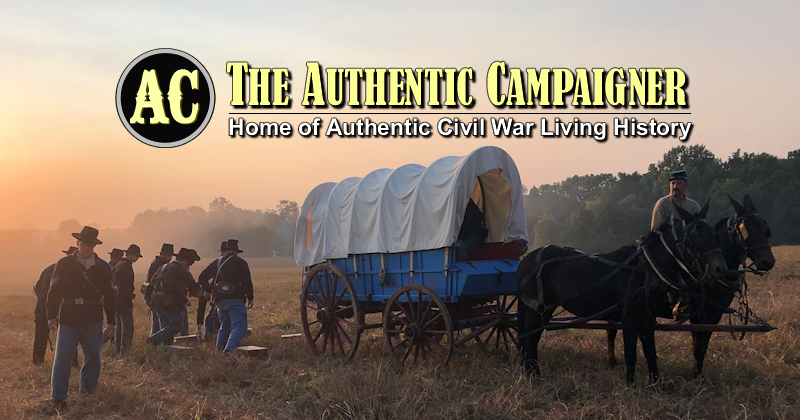Ok, my fellow material culture fanatics -
What are your thoughts on having some discussions about the hallmarks of an authentic reproduction garment or authentic reproduction accoutrement? Perhaps some case studies of some original, extant garments and artifacts?
We've been driving home the authenticity triad for years ... but I'm not convinced we're necessarily getting through to the masses. As they say, a picture is worth a thousand words, perhaps we need to work towards educating our community more rather then assuming they are educating themselves.
I'd think this sort of discussion would be more profitable then the "who makes the best" and "us versus them" threads we see so often.
Thoughts?
What are your thoughts on having some discussions about the hallmarks of an authentic reproduction garment or authentic reproduction accoutrement? Perhaps some case studies of some original, extant garments and artifacts?
We've been driving home the authenticity triad for years ... but I'm not convinced we're necessarily getting through to the masses. As they say, a picture is worth a thousand words, perhaps we need to work towards educating our community more rather then assuming they are educating themselves.
I'd think this sort of discussion would be more profitable then the "who makes the best" and "us versus them" threads we see so often.
Thoughts?






Comment